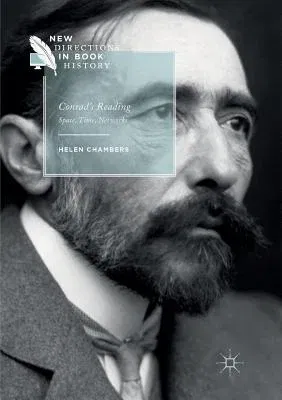Helen Chambers
(Author)Conrad's Reading: Space, Time, Networks (Softcover Reprint of the Original 1st 2018)Paperback - Softcover Reprint of the Original 1st 2018, 25 December 2018

Qty
1
Turbo
Ships in 2 - 3 days
Only 5 left
Free Delivery
Cash on Delivery
15 Days
Free Returns
Secure Checkout
Part of Series
New Directions in Book History
Print Length
245 pages
Language
English
Publisher
Palgrave MacMillan
Date Published
25 Dec 2018
ISBN-10
3030095002
ISBN-13
9783030095000
Description
Product Details
Author:
Book Edition:
Softcover Reprint of the Original 1st 2018
Book Format:
Paperback
Country of Origin:
NL
Date Published:
25 December 2018
Dimensions:
21.01 x
14.81 x
1.4 cm
ISBN-10:
3030095002
ISBN-13:
9783030095000
Language:
English
Location:
Cham
Pages:
245
Publisher:
Weight:
312.98 gm

